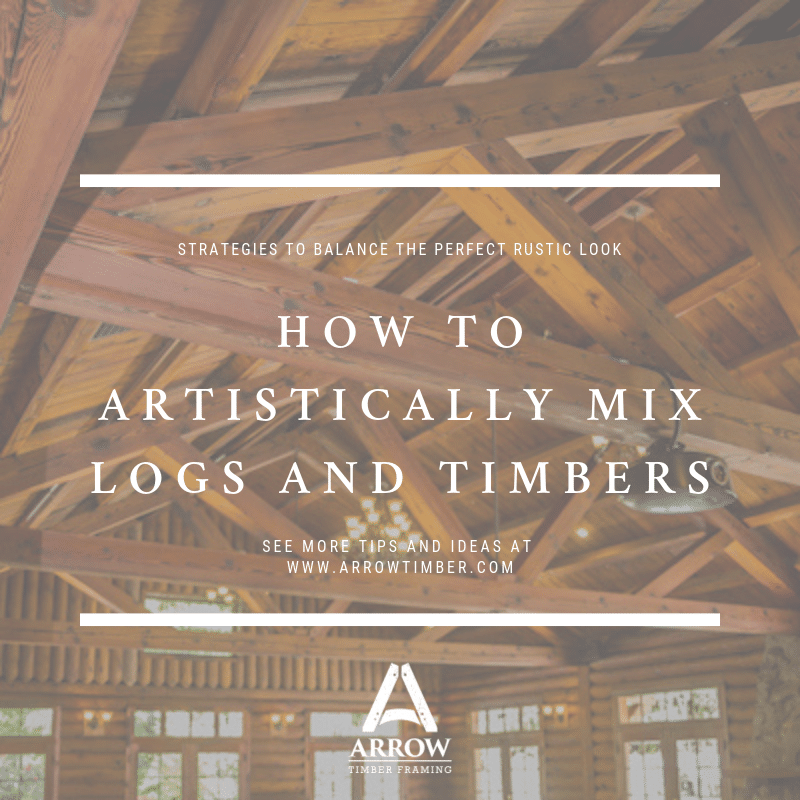Savvy buyers are choosing a variety of different insulation systems over fiberglass for many reasons. Vapor barriers, mold problems and the elimination of ventilation are three main components in the decision to switch. Others are swayed by heating and cooling cost savings. And of course, certain of people are intrigued about these new systems just because they’re something new.
Here are the competing newcomers, in descending order:
Cold Climate System: This insulation system has existed in cold climates such as Canada and Scandinavia for years. The most important consideration with a cold climate insulation system is that there needs to be a thermal break (such as insulation board) on the exterior of the building, followed by an airspace between the thermal break and the exterior siding or roofing.

No lead time is required, changes and remodeling are done using conventional methods, and there are no special accommodations needed for the plumbing and electrical work. Another advantage with this system is that any remodels, repairs or rot issues that may come up can be dealt with in a simple, straightforward fashion.
SIPs (Structural Insulated Panels): These are factory produced panels using foam and OSB plywood. Think of a giant Oreo cookie. These two-sided foam panels with OSB plywood get their strength from the bond between the foam and the two plywood layers. They function just like a very broad I-beam!
The easiest place to use these panels is installment over a timber frame roof system; provided the roof is not too complex. Unlike walls, which have many window and door cutouts, the roof will typically have only a few openings. Windows and doors ore often subject to last-minute revisions or job site changes. It is also very convenient to simply install SIPs over the timber frame instead of installing roof framing members.


Open-cell foam is less expensive and does a great job of insulating when the whole wall or roof cavity is filled. And because foam allows no air movement, it eliminates the need for ventilation.
Cellulite and Cotton: Cellulite or cotton is applied with a spray apparatus similar to spray foam. The shredded cotton or cellulite is mixed with glues to adhere to the walls and avoid settling. Cellulite and cotton are a better choice than fiberglass because they dry easily if they get wet and will naturally breakdown if thrown away in a landfill. Another advantage these have over foam is the lack of petroleum ingredients, while still containing glues and fire retardants.



https://arrowtimber.com/articles/Insulation-Values-Myth-The-R-Fairy-Tale/







